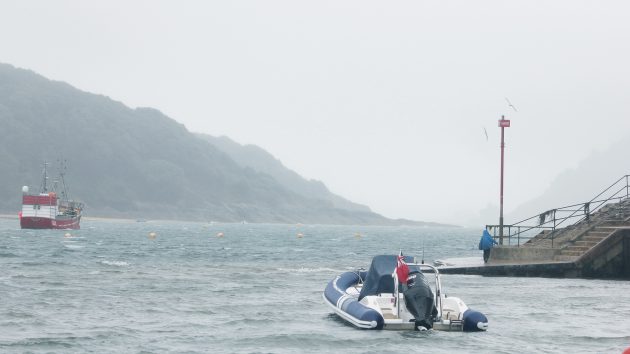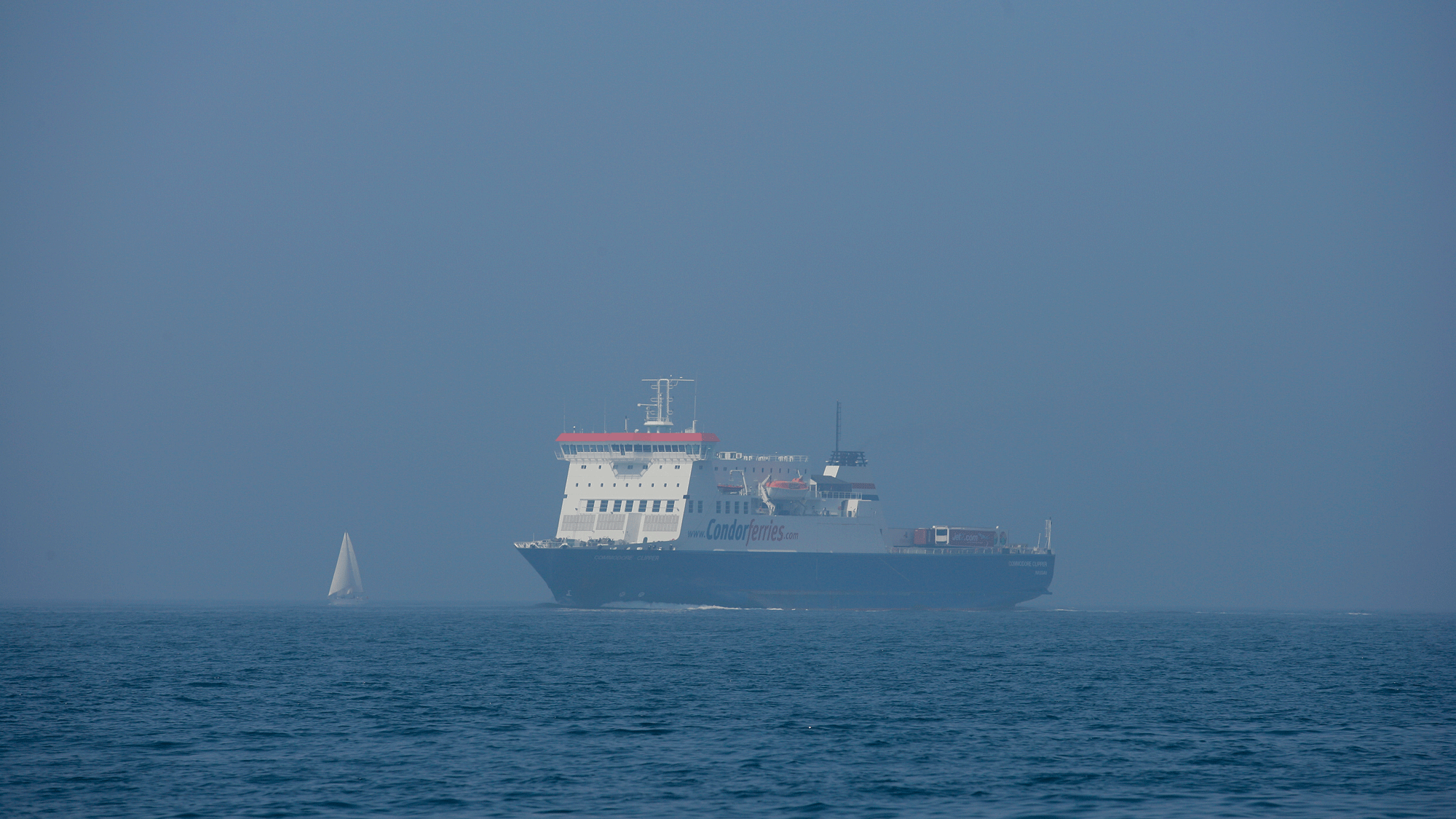James Stevens considers a problem sent in by a Yachting Monthly reader who wants to know whether to risk crossing a harbour bar in poor conditions
Mike has sailed to Salcombe in his 11m long keeled yacht called Boundless with two friends. He took the east-going spring tidal stream yesterday from Plymouth, 22 miles
to the west, arriving just before high water. There was a fresh westerly wind, 25 knots occasionally gusting to 30.
Salcombe has a harbour bar with a lowest depth of 1m, but Mike had no trouble negotiating his way in and is now looking at taking the west-going tide on the return trip.
The tidal Stream flows westward from HW +4 to HW-3 Plymouth, which is about 10 minutes difference to Salcombe.
The wind is 35 knots from the southeast. Mike knows the bar can be rough but he is an experienced ocean sailor. He has encountered several gales and come through safely. His boat is strong and seaworthy, has a high Angle of Vanishing Stability (AVS) and is fully kitted out and stowed for ocean sailing.
Article continues below…
How to navigate when a navigation light is obscured
Sue is cruising around the small ports of north Brittany singlehanded on board a 9m cruising yacht. She is intending…
How to keep clear of shipping in fog
Anne is regretting attempting an ambitious passage from Penzance to Plymouth in Flinders, her 8m yacht with her husband as…
As Mike motors up the harbour against the wind he can see white water on the bar. This does not concern him, he has been through white water before and reckons the rough section will only last a few minutes and he will be safely outside and can take the fair wind and tide to Plymouth.
He also knows that hundreds of yachts safely cross the bar every year in boats much less prepared than Boundless. Does he go or does he stay?

Should you risk crossing a harbour bar in rough conditions?
It is unusual for yachts to founder on Salcombe bar because most boats stay in port if the wind reaches 25 knots or more, and most skippers have read the warnings about crossing Salcombe bar, or indeed any harbour bar, on a spring ebb tide with a fresh onshore wind. In fact, pilotage instructions and the almanac always give warnings about the dangers of crossing shallow tidal harbour entrances.
When Mike entered Salcombe the tide was flooding, which is always much safer over a sand bar, and Bolt head provided a lee which makes a huge difference to the sea state.
The reason it is dangerous on this day is that in a strong south-easterly and ebb tide the sea state becomes very confused, causing the yacht’s speed through the water, even under power, to drop to one or two knots making steering very difficult.
The yacht can be knocked off course and end up beam-on to the swell. When the swell reaches the bar it breaks, which can capsize even an 11m yacht. There is a danger of the yacht or its mast hitting the sand.
Mike might be lucky and find a way through it, but his seamanship instinct should tell him to stay in port in these conditions.
In 1916 the Salcombe lifeboat capsized on Salcombe bar with the loss of 13 of its 15 crew. Lifeboats were less seaworthy then but the crew included fishermen and seafarers with local knowledge, showing that it is a hazard not to be trifled with.
Enjoyed reading this?
A subscription to Yachting Monthly magazine costs around 40% less than the cover price.
Print and digital editions are available through Magazines Direct – where you can also find the latest deals.
YM is packed with information to help you get the most from your time on the water.
-
-
- Take your seamanship to the next level with tips, advice and skills from our experts
- Impartial in-depth reviews of the latest yachts and equipment
- Cruising guides to help you reach those dream destinations
-
Follow us on Facebook, Twitter and Instagram.






